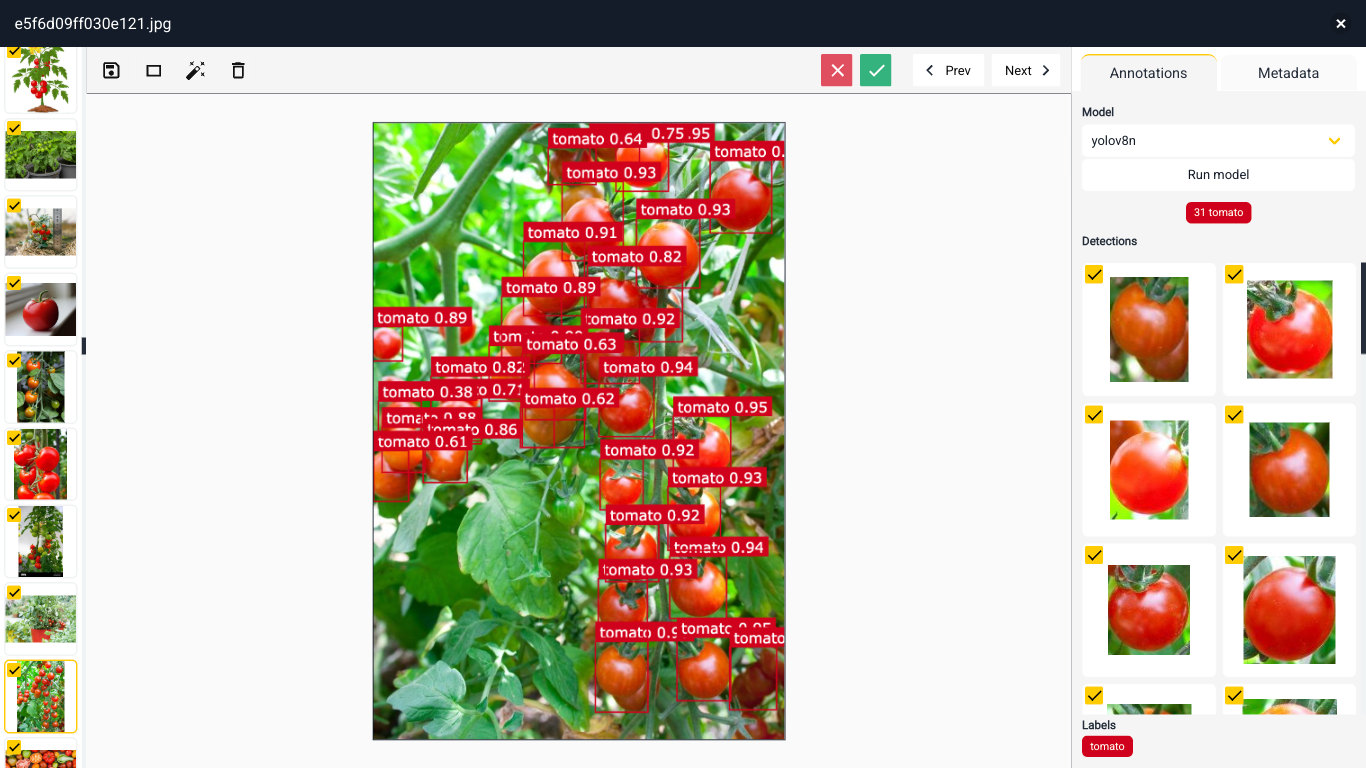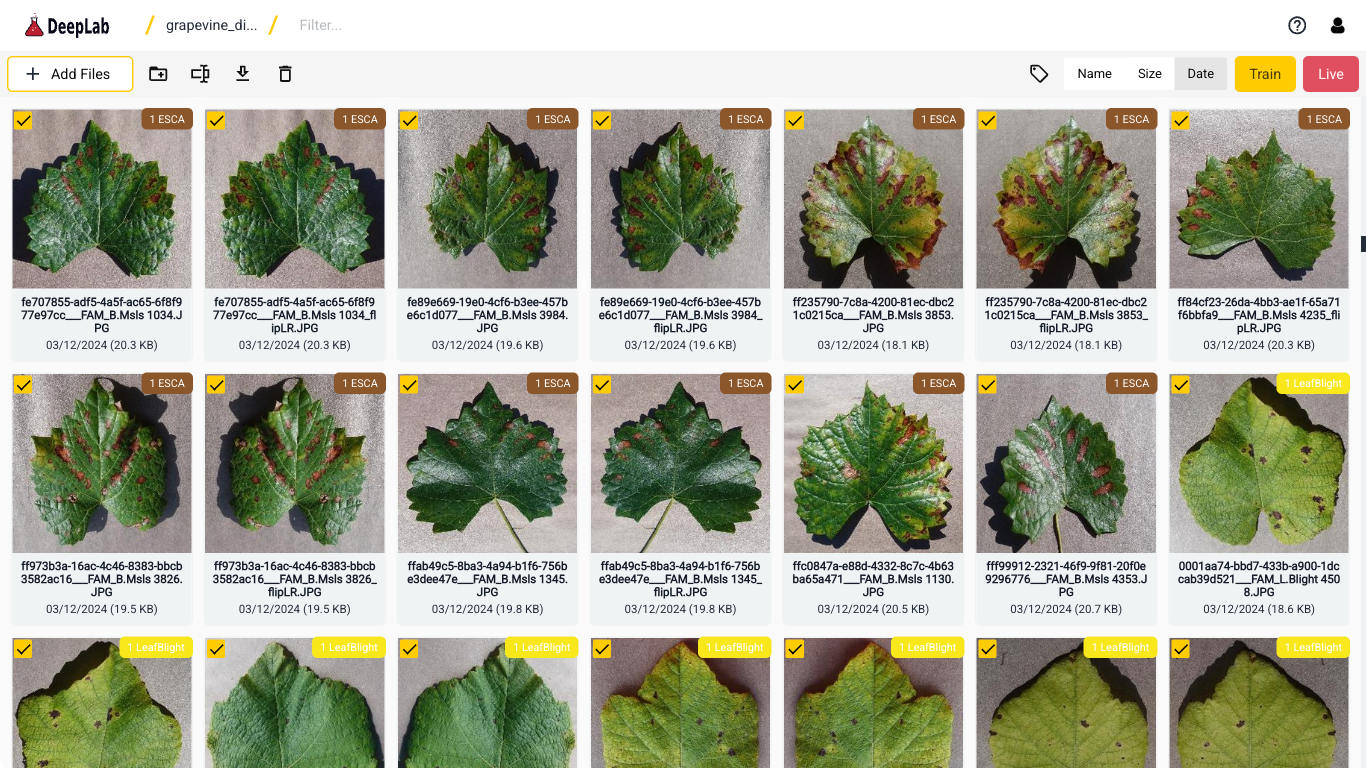Visual crop yield estimation
Yield estimation is an essential preharvest practice, supporting decision-making for allocating essential logistics such as transportation means, labor force, supplies, and more. An overestimation leads to further costs that impact profitability; understimation entails potential crop waste and additional costs.
Manual yield estimation with the counting of products such as fruits or vegetables is very time-consuming and expensive. Modern deep learning methods provide good accuracy for automatic counting, even with occlusions caused by leaves or branches, illumination, and object size. So, computer vision approaches can be used for the automatic counting of fruits, vegetables, or even flowers.


